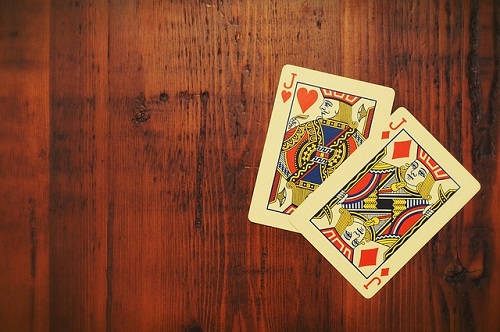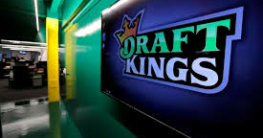What Does Jack Mean in Poker?
A jack, also known as a “knave” is one of the playing cards you find in a traditional pack of cards. If you are familiar with a traditional pack, you’ll notice that there are face cards, and there are numbered cards. The jack is one of three face cards found in the pack, the others include King and Queen. But what exactly does a jack mean and what value does it have in a game of poker? Find out more below.
One of the lesser-known facts about playing cards is that each pack may have a different origin and may thus feature different people on the face cards. French and English packs are commonly used, but there are also Italian, and other patterns.

Types of Jack Face Cards in Poker
Poker generally uses a standard pack of 52 cards and in every pack you will find four uniquely suited jack cards: Jack of Spades, Jack of Hearts, Jack of Spades and Jack of Clubs. And each card will have the figure of a historical leader printed on them. As far as value goes, a jack is the lowest ranking face card between the three. The ranking structure for face cards is: King, Queen and Jack.
Pocket Jacks in Poker
A jack may be the lowest ranked face card in poker but having been dealt a jack doesn’t necessarily mean that you are doomed. In poker when you are given a pair of jacks this is called pocket jacks. This pair is ranked the 4th highest in any given poker game, making it a relatively strong hand and one worth playing, especially during the preflop stage of the game.
You also get pocket Kings, Queens and Aces which are the first, second and third highest ranking face cards respectively. The fact that the are stronger than a pocket jack means those are the possible hands you need to outplay if you want to make it past this round. Fortunately, pocket pairs aren’t super likely. It’s more likely that you’ll face combinations like A-K, or K-Q.


